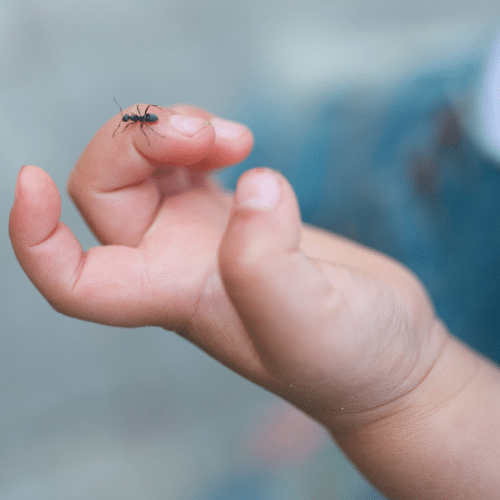
20 Aug Taming Florida’s Ant Invaders
Understanding Local Ants
Ants are a common sight in South Florida, but not all ants are the same. While some may be harmless, others can cause significant problems for homeowners and business owners alike. The warm, humid climate of South Florida provides an ideal environment for various ant species, making it crucial to understand the different types that might invade your property. Whether you’re dealing with ants in your kitchen, garden, or office, knowing which species you’re up against is the first step toward effective control. At Pest Busterzz, we specialize in identifying and treating ant infestations in a way that’s safe for both you and the environment.
Control Strategies for Persistent Ants
Argentine ants are among the most prevalent ant species in South Florida. They are small, light to dark brown ants that are often seen trailing in large numbers. These ants are known for their aggressive behavior, often displacing other ant species in their quest for food and nesting sites. Argentine ants typically nest in moist areas, making them common around your home’s foundation, under mulch, or in potted plants. They often enter homes searching for food, especially during dry or wet weather extremes. These ants can contaminate food and are difficult to control because of their large colonies and extensive trails.
Controlling Argentine ants requires a comprehensive approach that includes eliminating moisture sources, sealing entry points, and using baits that the ants will carry back to their colony. Regular monitoring and treatment are essential to keep these persistent invaders at bay. If you notice trails of ants leading into your home or business, it’s likely you’re dealing with Argentine ants.
Ghost ants are aptly named for their tiny size and pale appearance, making them nearly invisible, especially on light surfaces. They are a common indoor nuisance in South Florida, often found in kitchens and bathrooms where they forage for sweets and greasy foods. Ghost ants are small, with dark heads and translucent legs and abdomens, which makes them hard to spot.
These ants typically nest outdoors under rocks, in mulch, or in flowerpots, but they can also establish nests indoors in wall voids, baseboards, or potted plants. Controlling ghost ants involves a combination of sanitation, exclusion, and baiting. Since these ants can be hard to detect, a professional inspection is often needed to identify the full extent of the infestation and ensure that all nests are treated.
Tackling Aggressive Ants
Fire ants are notorious for their painful stings and aggressive behavior. These ants are reddish-brown and build large, unsightly mounds in open areas like lawns, gardens, and playgrounds. Fire ants pose a significant threat to both people and pets, especially when their nests are disturbed. Their stings can cause severe reactions in some individuals, making them a serious concern in South Florida.
Fire ants are resilient pests that require targeted treatments to control. Their colonies can extend deep underground, making it challenging to eliminate them without professional help. In addition to mound treatments, baiting is often used to target the entire colony, including the queen. Regular monitoring and treatment are crucial, especially in areas where fire ants are prevalent.
Carpenter ants are one of the largest ant species in South Florida, and they can cause significant damage to wooden structures. Unlike termites, carpenter ants do not eat wood, but they do excavate it to create their nests. This excavation can weaken structural wood in your home or business, leading to costly repairs if left unchecked. Carpenter ants are typically black or red and are most active at night when they forage for food.
These ants often enter buildings through damaged wood, cracks, or gaps in the exterior. They prefer moist, decaying wood, making areas with water damage particularly vulnerable. Controlling carpenter ants involves addressing moisture issues, repairing damaged wood, and using targeted treatments to eliminate the nests. Early detection is key to preventing extensive damage, so it’s important to address any signs of carpenter ants promptly.
South Florida’s Stubborn Ants
Bigheaded ants get their name from the disproportionately large heads of their soldier ants. These ants are common in South Florida and are known for their tendency to displace other ant species. They nest in the soil, under stones, and along the foundations of buildings. Bigheaded ants often invade homes and businesses in search of food, particularly sweets and proteins.
These ants can be challenging to control due to their large colonies and multiple nesting sites. Effective control requires a combination of baiting, exclusion, and habitat modification to reduce the ants’ access to food and nesting sites. Regular inspections and treatments are important to manage bigheaded ant populations and prevent them from becoming a persistent problem.
White-footed ants are another common species in South Florida, recognizable by their dark bodies and light-colored feet. These ants are primarily outdoor pests, nesting in trees, shrubs, and leaf litter. However, they can also enter buildings in search of food, particularly sweets. White-footed ants are known for forming large colonies with multiple queens, which makes them difficult to eliminate.
Controlling white-footed ants requires a comprehensive approach that includes trimming vegetation away from buildings, eliminating moisture sources, and using baits to target the entire colony. Due to their large colony size and nesting habits, professional pest control is often necessary to effectively manage white-footed ant infestations.
Identification and Control
Proper identification of ant species is crucial for effective pest control. Different ant species require different treatment approaches, so knowing which type of ant you’re dealing with can make all the difference in achieving long-term control. Misidentifying ants can lead to ineffective treatments, allowing the infestation to persist or worsen.
Identifying ants can be challenging, especially since many species look similar. However, there are key characteristics, such as size, color, and behavior, that can help distinguish one species from another. If you’re unsure about the type of ants you have, it’s best to consult a professional pest control company. They can accurately identify the ants and recommend the most effective treatment options.
Understanding ant behavior is key to preventing and controlling infestations. Ants are social insects that live in colonies, which can range from a few dozen to several thousand individuals. They have a well-organized social structure, with workers responsible for foraging, queens for reproduction, and soldiers for defense.
Ants typically enter homes and businesses in search of food and water. They follow scent trails left by other ants, which leads them directly to food sources. Common areas affected by ant infestations include kitchens, pantries, and food storage areas, where crumbs and spills provide easy access to food. Outdoor spaces, such as gardens and patios, can also be hotspots for ant activity, especially during warmer months.
To prevent ants from entering your property, it’s important to keep food sealed, clean up spills promptly, and address moisture issues. Sealing cracks and gaps in your building’s exterior can also help prevent ants from gaining entry. Regular monitoring and maintenance can help detect ant activity early and prevent it from becoming a larger problem.
Total Ant Defense
Preventing ant infestations requires a proactive approach that combines sanitation, structural maintenance, and professional pest control. Keeping your property clean and free of food debris is essential for deterring ants. This involves regular tasks like wiping down countertops, sweeping floors, and storing food in airtight containers. Proper waste disposal is also crucial, as ants are attracted to garbage and food scraps. In addition to maintaining cleanliness, it’s important to focus on structural maintenance. Sealing cracks, repairing damaged doors and windows, and managing moisture levels can prevent ants from finding entry points and breeding grounds on your property.
For long-term solutions, professional ant control options, such as those offered by Pest Busterzz, are highly effective. Integrated Pest Management (IPM) is a comprehensive approach that combines strategies like monitoring, baiting, and exclusion to manage ant populations. IPM emphasizes long-term prevention and reduces reliance on chemical treatments, making it an environmentally friendly choice for both homes and businesses.
While preventive measures are crucial, partnering with a professional pest control company is essential to maintaining a pest-free environment. Pest control experts have the knowledge and tools to accurately identify and treat different ant species, ensuring that your specific pest issues are addressed effectively. When selecting a pest control partner, it’s important to choose a company with experience, proper certifications, and a commitment to environmentally friendly practices. At Pest Busterzz, we take pride in our expertise and our dedication to using organic, safe treatments tailored to the unique challenges of South Florida properties.
Conclusion
Understanding the different types of ants in South Florida is crucial for effective pest control. By knowing the species you’re dealing with, you can implement the most appropriate prevention and treatment strategies. Whether you’re a homeowner or a business owner, taking proactive steps to manage ant populations can protect your property from damage and ensure a safe, comfortable environment.
At Pest Busterzz, we are committed to providing top-quality pest control services tailored to the needs of South Florida residents. Our family-owned, organic approach ensures that you receive effective and environmentally friendly solutions. If you’re dealing with an ant problem or want to prevent one, contact us today to schedule an inspection. Let us help you keep your property ant-free and secure.


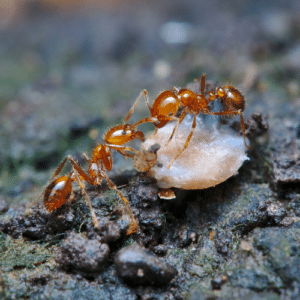
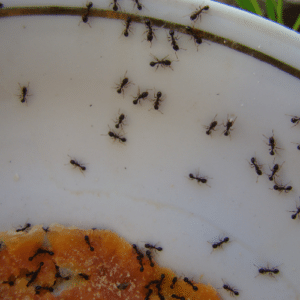
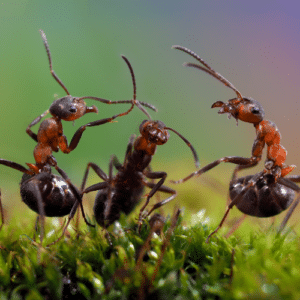
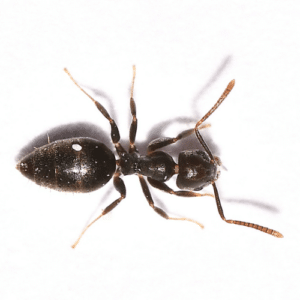
No Comments